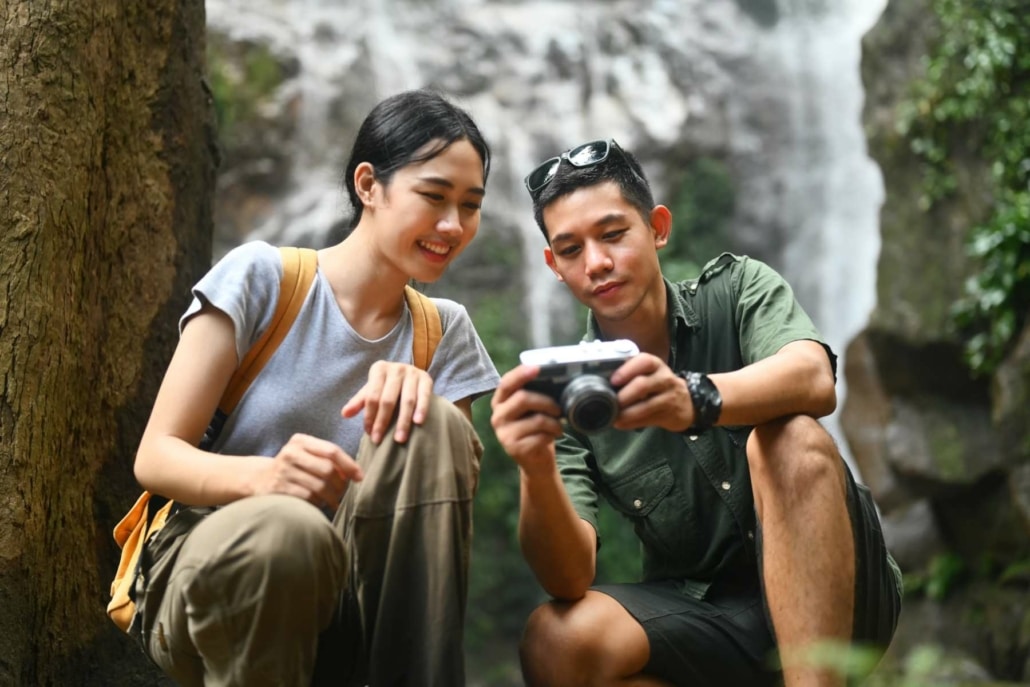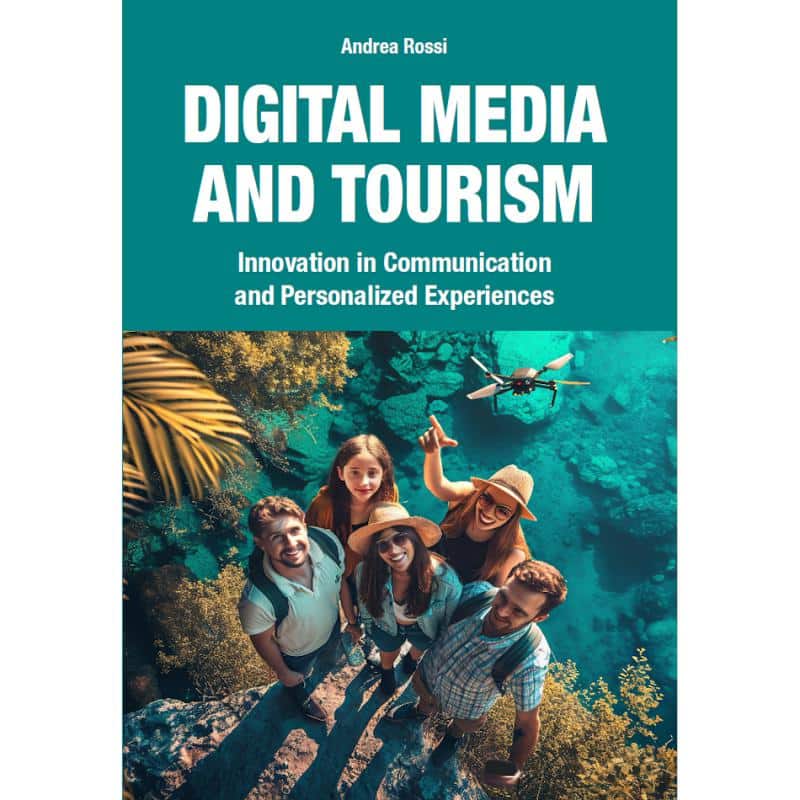Digital Communication Strategies for Tourism: Best Practices and Emerging Trends
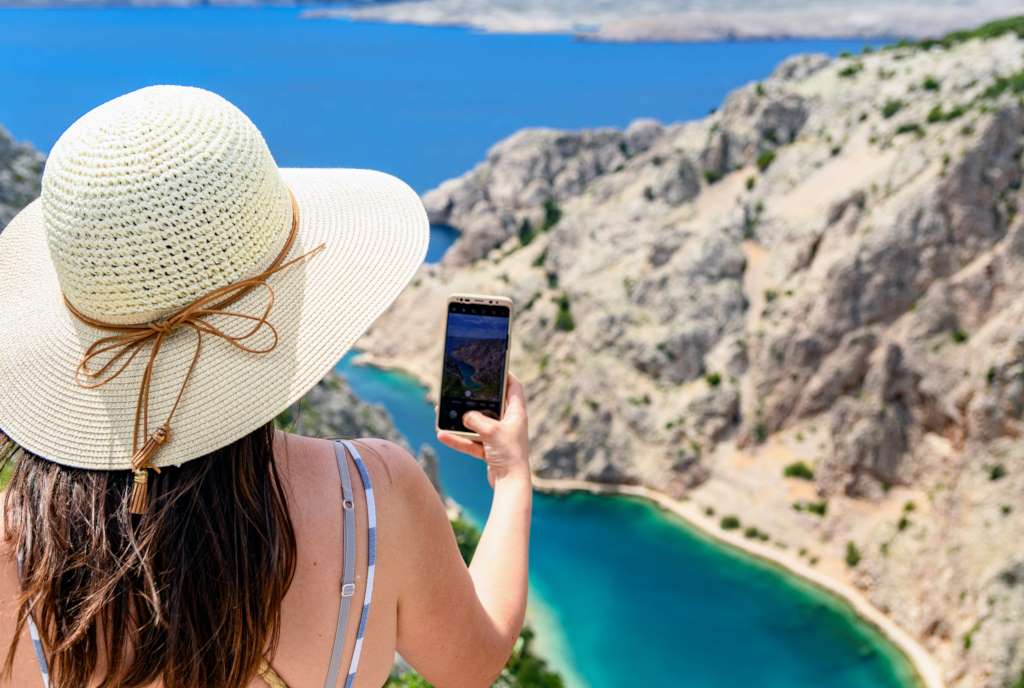
Traveler taking a photo of sea by anelehbakota
.
In the age of digital transformation, communication strategies for tourism have evolved significantly.
Traditional methods like promotions and advertisements have given way to more dynamic and interactive digital strategies.
The primary objective now is to capture the attention of potential tourists who actively seek information online.
This shift necessitates a focus on creating a compelling digital presence and engaging effectively through various channels.
Zero Moment of Truth (ZMOT)
Introduced by Google in 2011, the concept of Zero Moment of Truth (ZMOT) emphasizes the critical point where consumers are influenced by online reviews, comparisons, and various forms of digital content before making purchasing decisions.
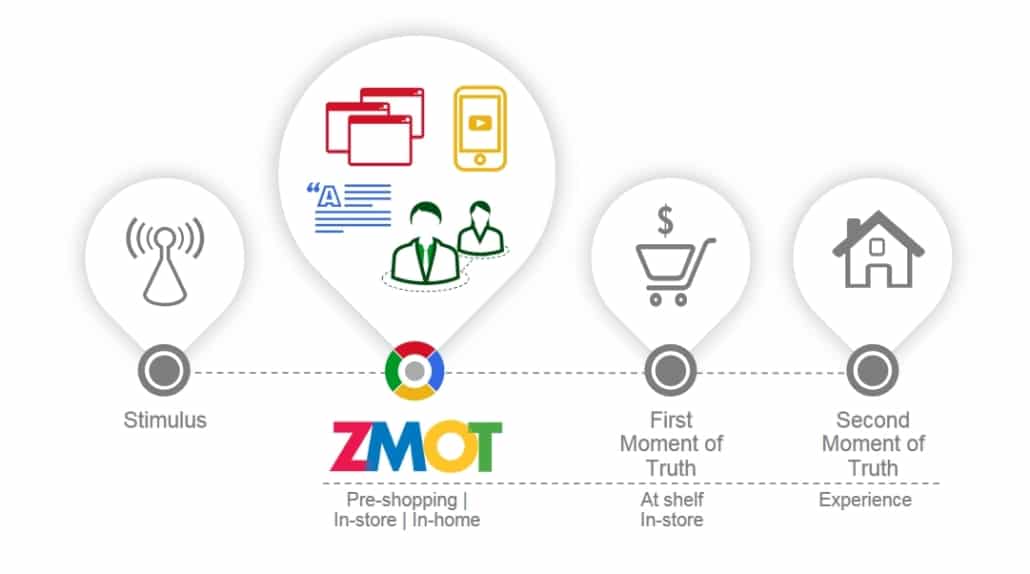
Google’s Zero Moment of Truth (ZMOT) – Source: Google
.
This is particularly relevant in the tourism sector, where travel experiences cannot be physically tried before purchase.
Thus, it becomes crucial for destinations and service providers to optimize their digital presence.
A well-navigable website, quality content, and an active social media presence are essential strategies to influence potential travelers’ decisions.
From Broadcast to Targeted Communication
Traditional broadcast communication, which addresses a broad and undifferentiated audience, is increasingly being replaced by targeted online communication aimed at specific publics.
This approach allows for more precise and detailed engagement with the needs and desires of particular tourist groups.
For example, websites dedicated to volunteering (volunteer tourism), such as globalvolunteers.org e www.projects-abroad.co.uk, offer various categories, each tailored to different types of volunteer experiences. This specificity enhances the relevance and appeal of the content to the intended audience.
Interactive and Relevant Content
In the digital communication landscape, relevance is key.
The message must intersect with what tourists are interested in and what the destination or operator wants to communicate.
This relevance is achieved through a bi-directional communication approach, where understanding the interests, passions, needs, fears, and motivations of different tourist publics is fundamental.
Creating relevant and engaging content helps attract and retain the attention of potential tourists.
Utilizing User-Generated Content (UGC)
An excellent example of leveraging user-generated content is GoPro, a brand that encourages its customers to create and share content.
The annual “GoPro: Best of” video and the GoPro Million Dollar Challenge are initiatives that gather and celebrate the best user-generated content, enhancing brand engagement and loyalty.
This strategy not only boosts the brand’s visibility but also builds a community of loyal customers who act as brand ambassadors.
Opportunities for Lesser-Known Destinations
Digital communication creates significant opportunities for lesser-known destinations.
Unlike the past, where only popular destinations received media attention, digital platforms allow even the smallest destinations to attract niche market segments by addressing their specific needs and passions effectively.
This democratization of information means that with the right strategy, any destination can capture the interest of potential tourists.
The Emotional Dimension
The shift from informational to emotional communication is another critical evolution in tourism marketing.
Modern tourists seek not just attractions but experiences and emotions that a destination offers.
Emphasizing the emotional and experiential aspects of a destination can significantly influence tourists’ decisions.
Emotional content, such as posts with smiling endorsers, can increase the likelihood of engagement and word-of-mouth recommendations.
Digital Marketing Funnel
Understanding and implementing the digital marketing funnel is crucial for effective communication. This funnel represents the entire customer journey, from the initial contact with the brand to becoming loyal customers.
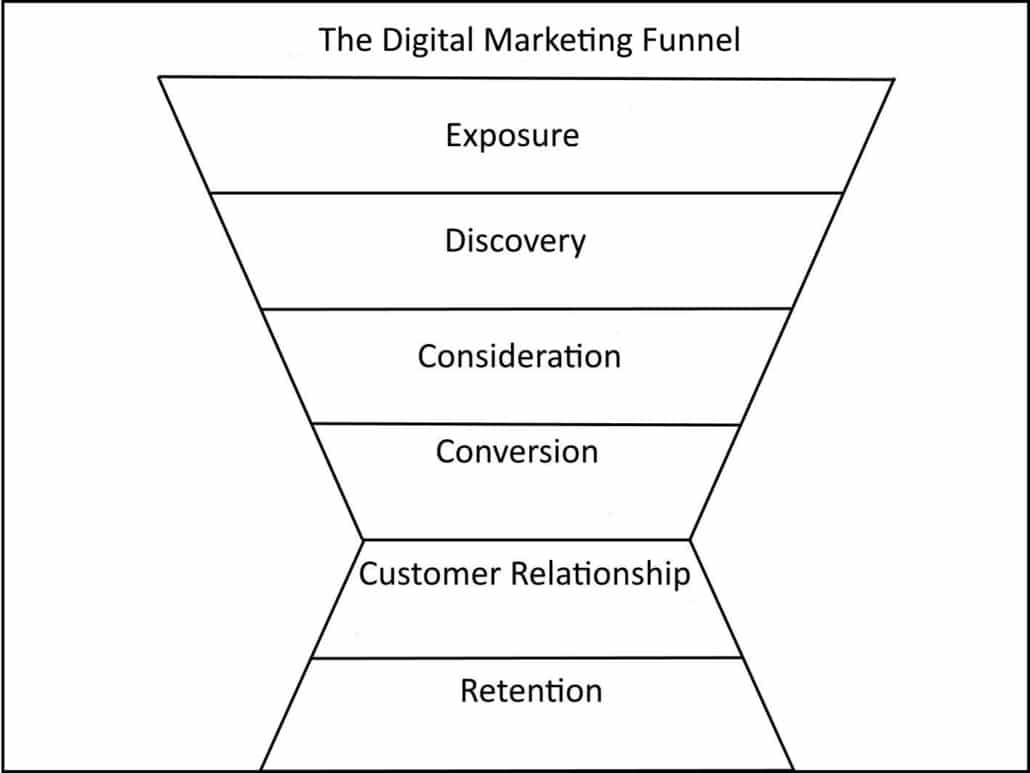
The Digital Marketing Funnel – Adapted from marketingprofs.com
.
The stages include:
- Exposure: Attracting attention through SEO and paid advertisements.
- Discovery: Encouraging users to learn more about the brand.
- Consideration: Providing detailed information to help potential tourists make informed decisions.
- Conversion: Personalizing content to encourage bookings or purchases.
- Customer Relationship: Strengthening bonds through excellent customer service and continuous engagement.
- Retention: Ensuring repeat business through sustained communication and satisfaction.
.
By following these best practices and keeping up with emerging trends, tourism operators and destinations can effectively capture and retain the interest of modern tourists, ensuring a competitive edge in the digital age.
.
If you want to dive deeper into these topics and more, I invite you to read my book: Andrea Rossi, “Digital Media and Tourism”, 2024.
https://www.amazon.com/Digital-Media-Tourism-Communication-Personalized/dp/B0D1P49JNB/

